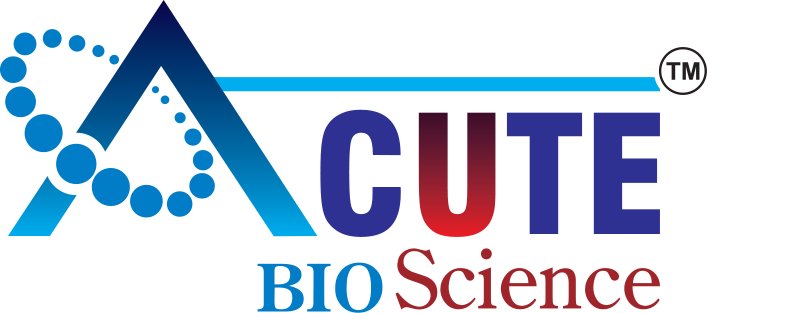Description | Specification |
| Microscopy | Imaging: 5.1 MP color camera, 2048 x 2048 active pixel area |
| Magnification: 5x, 10x, 20x, 20x w/UV filter (LIBS) and 50x objectives (Raman) |
| Illumination: Integrated bright-field (all objectives) and dark-field (20x) |
| Particle size range: 2 ?m – 15000 ?m (upper end may extend based on applications) |
| Accuracy: ±5% sizing (magnification dependent), ±10% counting |
| Raman | 785 nm: 70 mW, adjustable power, Class 3b laser |
| 532 nm: 30 mW, adjustable power, Class 3b laser |
| Objective: 50x, 0.5 NA, 10.6 mm WD |
| Spectral range: 200–3300 cm-1, 6–10 cm-1 resolution (varies across range) |
| Minimum particle size: 2 ?m |
| Database: >150 materials, customizable |
| LIBS | Laser: 343 nm, >100 ?J pulse energy, 1.0 ns pulse duration, Class 4 laser |
| Objective: 20x with UV lens, 0.4 NA, 4.1 mm WD |
| Spectral range: 350–700 nm, 1 nm resolution |
| Minimum particle size: 20 ?m |
| Database: >50 materials, customizable |
| Sample mounts | Standard: Up to 4 gold-coated filter rounds or nitrocellulose membranes, single microscope slide |
| Optional: Mount for wet round |
| Filter rounds | Material: Gold coated polycarbonate (PC) |
| Pore size: 0.8, 3, 5 and 10 ?m available |
| Diameter: 25 mm |
| Wet rounds | Material: Gold-coated silica glass |
| Diameter: 51 mm |
| Software | Operating system: Windows 10 |
| Compliance: 21 CFR Part 11 tools included |
| Environmental | Temperature range: 18–28 °C |
| Humidity: 40–60% relative humidity (non-condensing) |
| Physical | Weight: 65 kg |
| Dimensions: 50 cm W x 60 cm D x 70 cm H |
| Electrical | 110–230 V, 500 W |
| Certifications | NRTL and CE |

